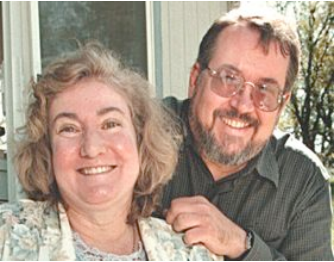Criteria:
- Keyword = racial relations
-
 STARS FELL ON ALABAMA.
STARS FELL ON ALABAMA.
Edition: Book club edition.
Condition: Near fine in blue cloth with silver lettering on spine and front cover (bookplate)
Book ID: 88776More details Price: $23.50 -
 HAWAII PONO: A Social History.
HAWAII PONO: A Social History.
Edition: First edition.
New York: Harcourt, Brace & World, (196.). Hardcover first edition - A history of Hawaii, the 50th State, its people and politics, from annexation to statehood, written (as the author states) to celebrate Hawaii. Map, glossary, sources, index. vii, 501 pp
Condition: Very good in lightly soiled cream colored cloth, lacking the dust jacket.
Book ID: 50578More details Price: $20.00 -
 BLACK NEIGHBORS: Race and the Limits of Reform in the American Settlement House Movement, 1890-1945.
BLACK NEIGHBORS: Race and the Limits of Reform in the American Settlement House Movement, 1890-1945.
Edition: First printing.
Condition: Fine in fine dust jacket (appears unread.)
Book ID: 88661More details Price: $45.00

